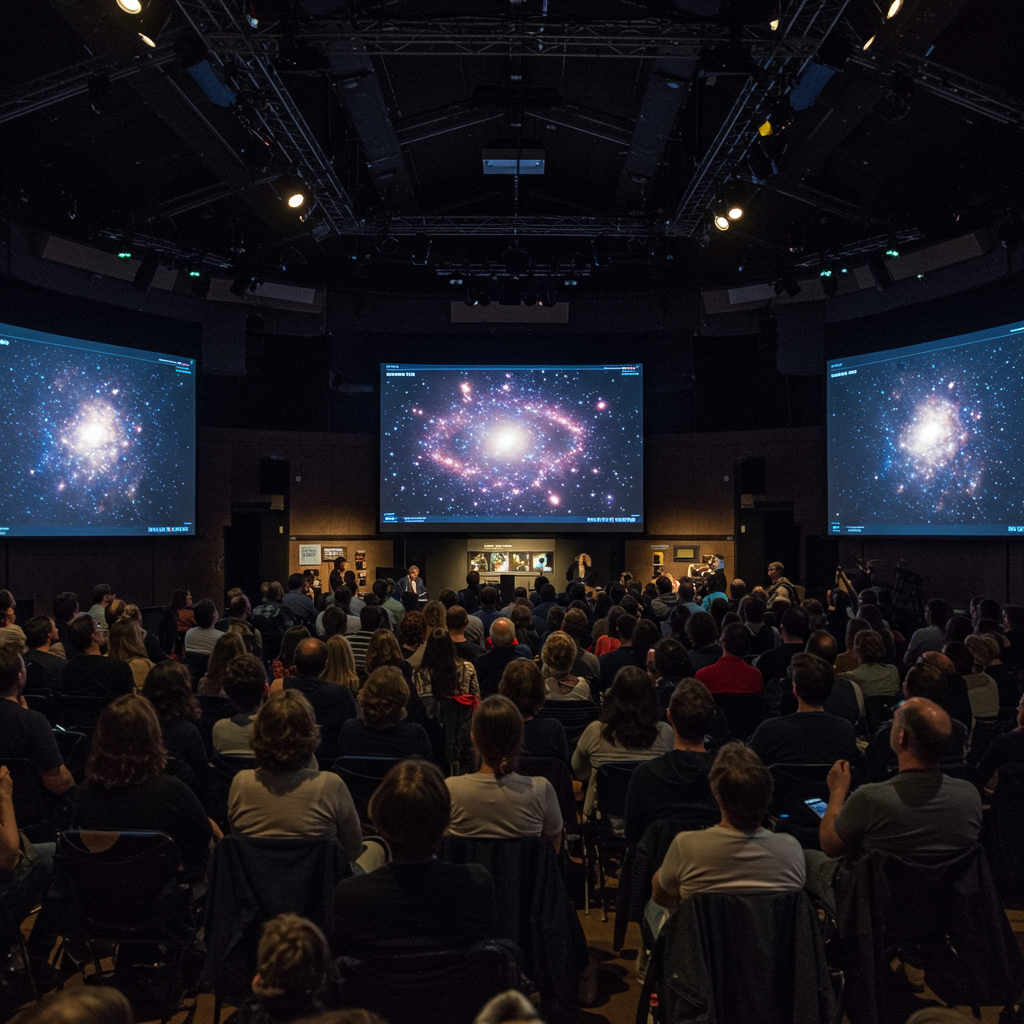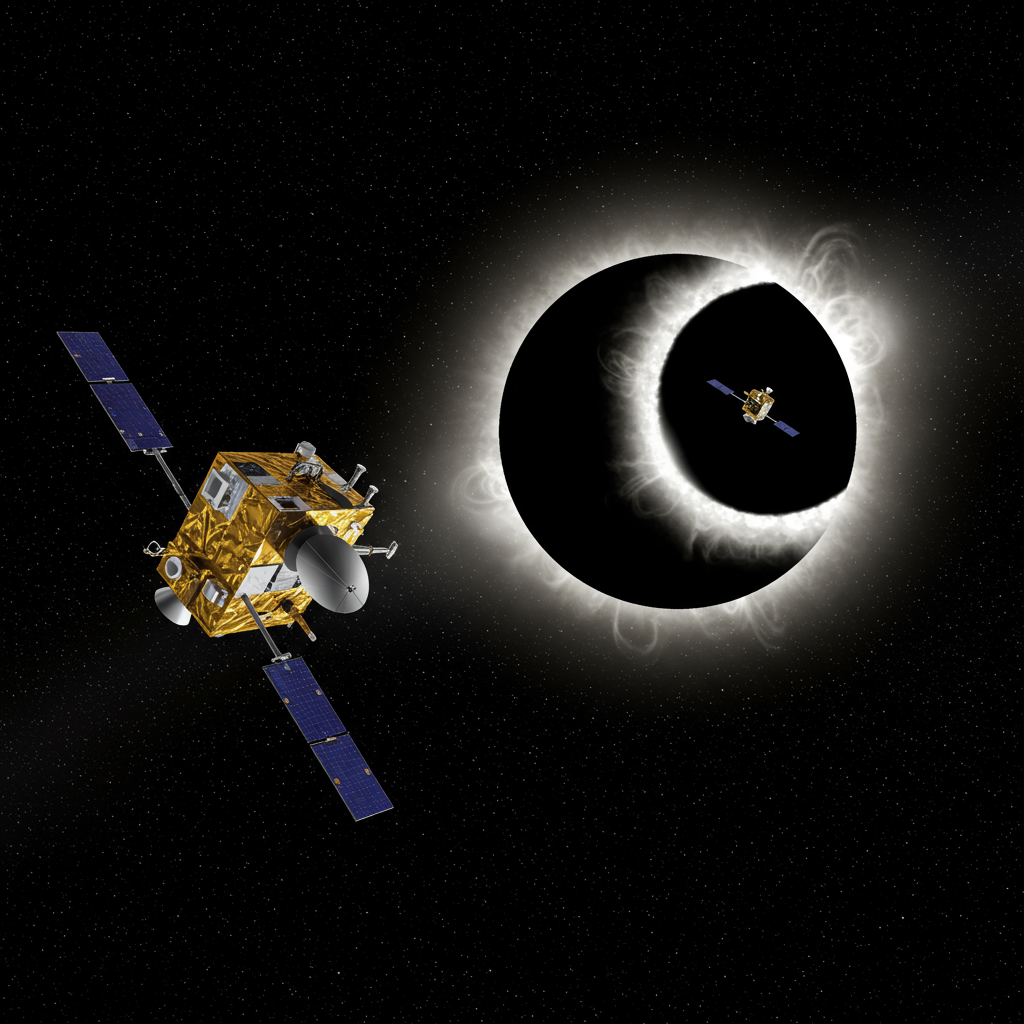Chicago astronomy enthusiasts had a chance to witness a cosmic milestone right here in the city. The Adler Planetarium recently hosted a special watch party event to celebrate the public unveiling of the first images captured by the Vera C. Rubin Observatory located high in the Chilean Andes.
This event offered a local connection to a significant moment in astronomical history, providing attendees with an opportunity to see groundbreaking data from a revolutionary new telescope system.
Introducing the Vera C. Rubin Observatory and LSST Camera
Perched on the peak of Cerro Pachón in Chile, the Rubin Observatory is equipped with the 8.4-meter Simonyi Survey Telescope and features the Legacy Survey of Space and Time (LSST) camera. This isn’t just any camera; it’s described as the world’s largest digital camera, roughly the size of a car and incorporating the largest convex mirror ever created.
The observatory’s primary mission is ambitious: to conduct a comprehensive survey of the southern sky over the next ten years. Its powerful camera is designed to capture an image of the entire southern sky every few nights, building an unprecedented time-lapse record of the universe.
What Makes These First Images So Exciting?
These initial images and videos unveiled from the Rubin Observatory are just the beginning of a decade of discovery. The LSST survey isn’t just about pretty pictures; it’s designed to fuel cutting-edge scientific research across multiple fields of astronomy.
The project aims to:
Map the Milky Way: Detailed mapping to identify streams of stars, believed to be remnants of smaller galaxies torn apart by our own galaxy’s gravity. Studying these streams helps us understand how the Milky Way formed and evolved.
Catalog the Solar System: Build an extensive catalog of objects within our solar system, including countless asteroids and comets.
Discover Transient Events: Quickly identify and study temporary phenomena in the universe, such as exploding stars (supernovae) and pulsating stars.
Probe Dark Matter: Contribute significantly to the study of dark matter by observing its gravitational effects on the visible galaxies and galaxy clusters that the LSST camera will continuously image.
By repeatedly imaging vast sections of the sky with incredible detail and sensitivity, the Rubin Observatory will allow astronomers to detect changes, track movements, and uncover faint or distant objects previously invisible.
Adler Planetarium’s Role in the Unveiling
The Adler Planetarium in Chicago was among numerous institutions globally hosting in-person watch parties for the June 23rd unveiling. These events streamed the live presentation directly from Chile, allowing local audiences to share in the excitement.
Dr. Michael Zevin, an Astronomer at the Adler Planetarium, provided expert context for the significance of the new telescope and its potential discoveries during the event. Attendees at planetarium watch parties, like the one at the Adler, may also have had the unique opportunity to experience supplementary content, such as immersive full-dome images of the southern sky or virtual tours of the remote observatory site.
The release of these first images marks a pivotal step for the Vera C. Rubin Observatory and the Legacy Survey of Space and Time, promising a wealth of new data that will reshape our understanding of the cosmos over the coming decade.
For specific details on the Adler Planetarium’s event or future astronomy programs, visitors are encouraged to check the planetarium’s official website.




